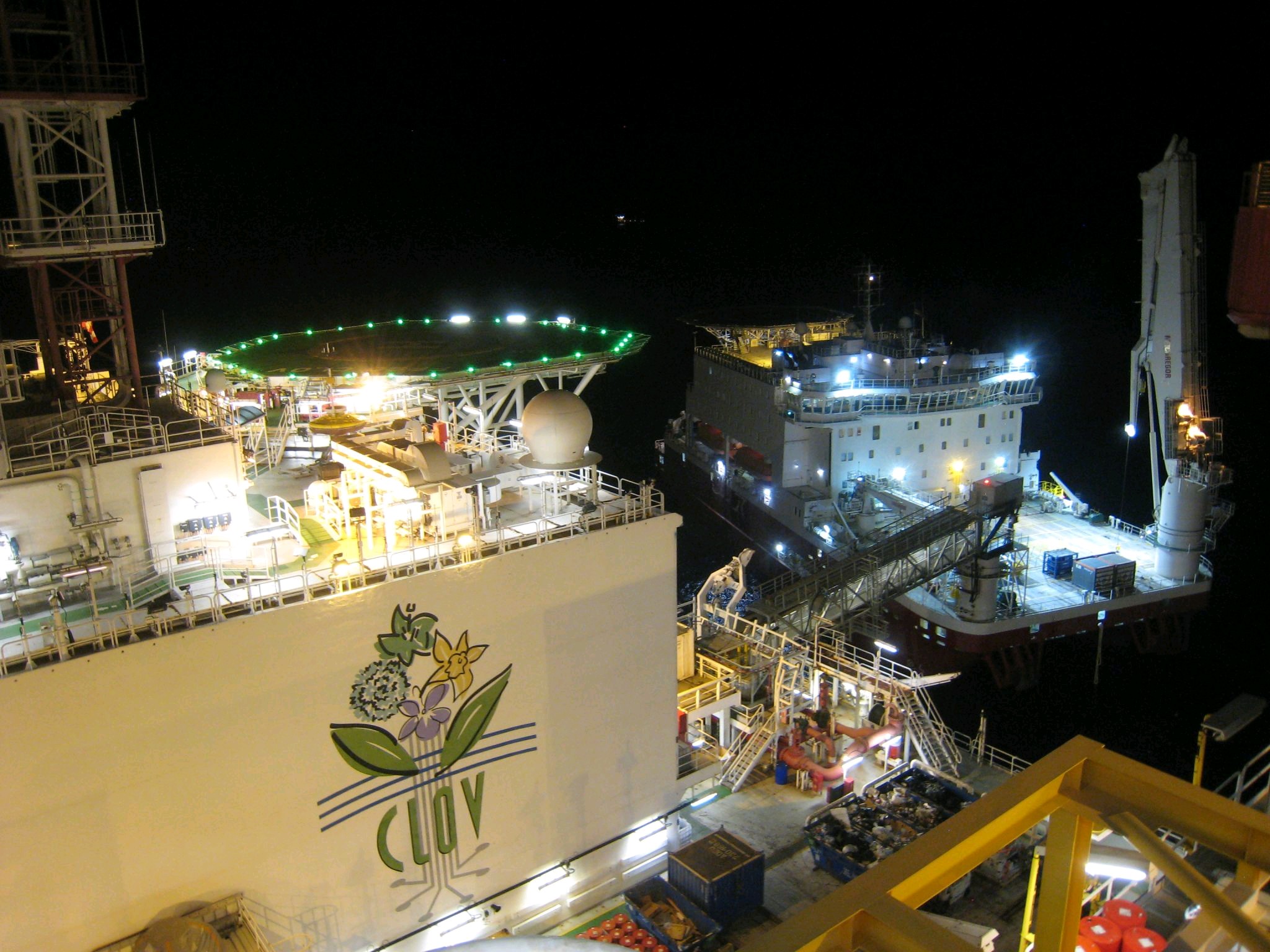Read more
The ORCA Energy Group has planned a $50m capex for the continued development of the Songo Songo gas project in Tanzania next year. Via its subsidiary PanAfrican Energy, ORCA operates the wells and gas processing plant at the Songo Songo island in central Tanzania. The 2022 programme includes $20 million for a 200 km2 3D seismic program over the Songo Songo development license, $11.5 million to expand the PanAfrican Energy’s existing downstream gas and CNG distribution system, and approximately $7 million for ongoing maintenance and facilities projects. The remaining $11.5 million represents the expenditures associated with the current work over program and inlet compression project, representing a combined $63m investment approved in 2019. The seismic programme would be pretty significant because PanAfrican Energy currently relies on 2D seismic lines ranging from 1978 to 2009. These are insufficient to maximise future upstream gas developments at Songo Songo. “The 3D seismic program is required to de-risk both the future development drilling in the SS gas field and potential exploration drilling of prospective resources prior to the SS license expiring in October 2026.,” ORCA said last week. Source: ORCA Energy Group ORCA continues to see potential for growth and gas production at Songo Songo, even beyond 2026. For now, it is projecting a gas production of at least 100 MMsfd for 2022, including about 40 MMcfd of Protected Gas reserves for the Tanzania Petroleum Development Corp. (TPDC). Details on the Songo Songo Integrated Gas Development are available in the “Projects” section within your Hawilti+ research terminal.
Independents and international oil companies (IOCS) have finally spudded several much-awaited exploratory wells in Africa this quarter. They signal the resumption of exploratory drilling activity, in a continent that remains heavily under-explored. While Eni has led exploratory efforts this year so far with three discoveries in Angola (Cuica), Ghana (Eban) and Côte d’Ivoire (Baleine), additional operators have now taken the lead in hopes of closing 2021 with even more success. Bamboo-1X, FAR, The Gambia Drilling commenced in mid-November at Bambo-1 offshore The Gambia. Operator FAR Ltd is targeting three key prospects there: Soloo, Bambo and Soloo Deep. Resources are estimated at a maximum of 1.118 billion barrels and chances of success range between 7% to 37%. Drilling is executed by Stena Drillmax Ice. In case of a discovery, FAR has indicated that 90m barrels would be the set minimum economic field size. Its success case planning relies on a development of 150m barrels of oil via a 48,000 barrels of oil per day (bopd) floating, production, storage and offloading (FPSO) vessel. Three wells would then support production, gas and water injection operations. FAR is operator with a 50% working interest in the A2 and A5 permits with its joint venture partner, PC Gambia Ltd (50%), a subsidiary of Petroliam Nasional Berhad (PETRONAS). Jove Marine-1X, Petronas, Gabon Petronas spudded the Jove Marine-1X well in block F13 offshore Gabon in early November 2021. The Malaysian national oil company hopes to replicate its 2018 success with its nearby Boudji discovery. Drilling is executed by the Maersk Viking. Jove-1X is testing a four-way dip closure in the pre-salt Gamba and Dentale formations in the distal portion of the Lower Congo Basin. A discovery there would be welcomed news for Gabon after disappointing results from BW Energy’s exploration campaign earlier this year in the same area. Ondjaba-1X, TotalEnergies, Angola Activities at TotalEnergies’ Ondjaba prospect in Block 48 offshore Angola started back in October 2021. The well was drilled by the Maersk Voyager, which has since then moved to Namibia where it is currently drilling the Venus prospect. The Ondjaba-1 exploratory well was expected to reach 3,628m, setting a new world record. Block 48 is operated by TotalEnergies (40%) along with Angola’s national oil company SONANGOL (30%) and Qatar’s national oil company Qatar Petroleum (30%). Venus-1X, TotalEnergies, Namibia Venus-1X was spudded earlier this week offshore Namibia within Block 2913b, by the Maersk Voyager. The well will target an enormous middle Cretaceous basin floor fan at the toe of the Orange river delta, targeting a potential of 1 billion barrels of oil. Venus is one of two wells that, if proved successful, would significantly transform Namibia’s energy landscape and economy. Block 2913b is operated by Total E&P Namibia B.V. along with Qatar Petroleum (30%), Impact Oil and Gas (20%), and NAMCOR (10%). Graff-1X, Shell, Namibia November also marked commencement of exploratory drilling on PEL 39 offshore Namibia. The license is held by Shell and contains the Graff prospect. Like Venus, Graff is located within the Orange Basin and close to the South African maritime border. The Valaris DS-10 is mobilized for the campaign and is expected to then move to São Tomé-e-Principe to drill Jaca-1X on Block 6. PEL 39 is operated by Shell Namibia Upstream BV (45%) along with partners Qatar Petroleum (40%), and NAMCOR (10%). Sibiri-1X, Seplat Energy, Nigeria Last but not least, Seplat Energy is targeting the 78m barrels Sibiri prospect on OML 40 in Nigeria. The Sibiri exploratory well (previously known as Amobe) is one of the few exploration prospects being drilled in the country this year and is expected to help further increase the resource base on OML 40 where the wells on the Gbetiokun field are currently producing a peak of 12,000 barrels of oil per day (bopd). Preparatory activities for drilling of the high-impact prospect have been ongoing for a while. According to Seplat Energy, Sibiri carries a risked best estimate gross prospective oil resource of 78m barrels. The operator has already evaluated several options to accelerate the development of the discovery and achieve first oil in the event of exploration success. OML 40 is operated by the Nigerian Petroleum Development Company (NPDC, 55%) along with its partner Elcrest Exploration and Production Company Limited (Elcrest, 45%). Elcrest is itself a Joint Venture between Eland Oil and Gas (Nigeria) Limited (45%) and Starcrest Nigeria Energy Limited (55%). Seplat Energy acquired Eland Oil and Gas in 2019.

